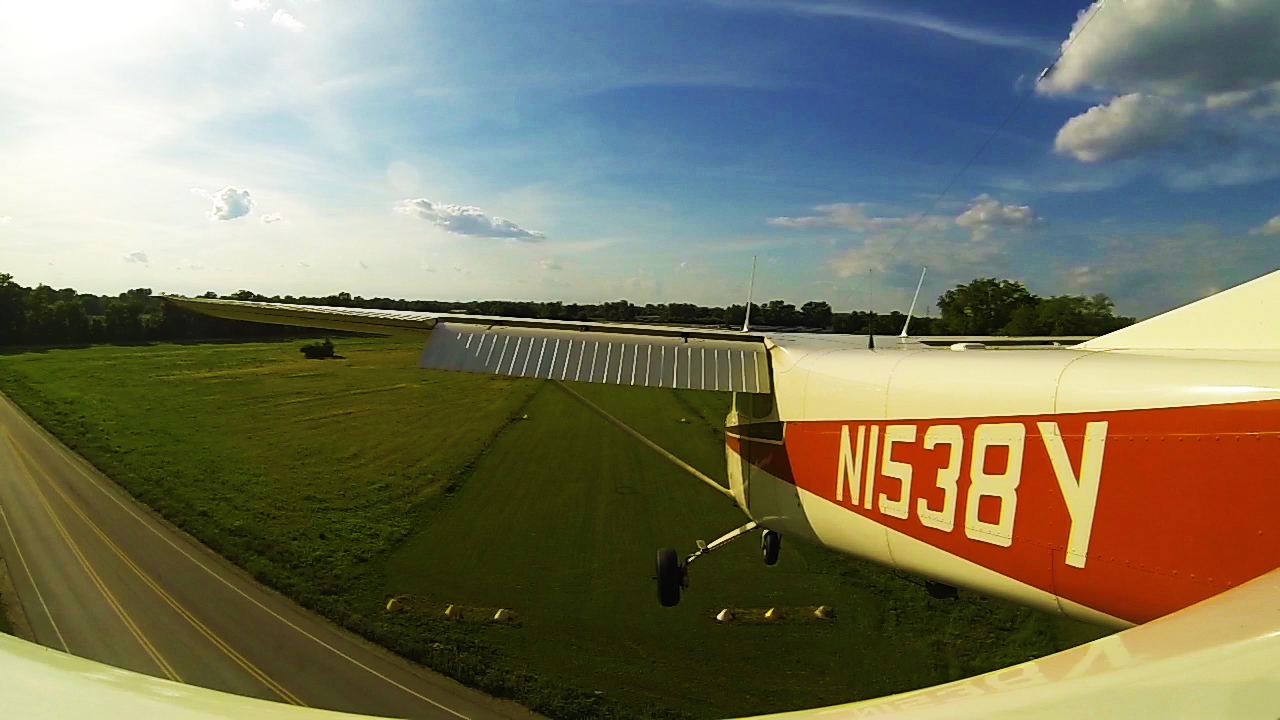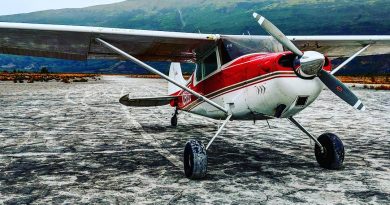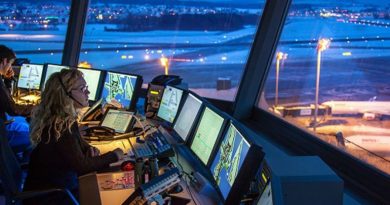Planning the Perfect Descent
Planning a descent for most GA pilots may seem like a very easy thing to do. A simple 500fpm generally yields nice results with a good compromise between ear popping and efficient flying, as well as the fact most of our airplanes can slow down very quickly and do not fly that high to begin with.
That being said, when you decide to climb into something a little more high performance than a Cessna 150, descent planning does become a serious topic, and for me personally, its a requirement that my students know how to do some quick math to plan a descent before I would ever consider signing them off for a high performance endorsement.
Luckily, professional level descent planning is quite simple and required very little math skills.
The Math:
While you could say if you are at 5,500′ and need to get down to pattern altitude of 1,000′ you simply need to start your descent 9 mins from the field. Now let’s say you’re flying a high performance airplane at 16,500′ doing 180 knots over the ground. The basic GPS you have installed (or archaic DME you’ve got) is only telling you ground speed and distance to the field. Using my 3-1 method, this is no problem. Knowing you have to loose 15,500′, we’ll just round up to 16,000′.
To find the distance you should start your descent at, multiply 16 x 3. You get 48, meaning you need to start down 48 miles from the field to maintain a nice 3 degree glidepath.
How fast should you descend? This depends on your ground speed.
Divide your ground speed by 2 and add a zero, 180 knots becomes, 90, add a zero becomes 900fpm descent rate.
This will give you efficient flying, conserving fuel, and reducing strain on your engine from having to make a fast power off descent (the dreaded chop and drop). This 3 degree glidepath is also exactly what you will be flying down the glideslope if following the PAPIs or shooting an instrument approach procedure when you get to the airport.

Planning a proper descent and avoiding getting left “up high” all lead to better outcomes on the approach, from passenger comfort to straight up crash statistics, 3 degree descents planned with the 3-1 rule are the safest in the book. Give it a shot on your next cross country, and certainly keep it in mind as you move up to faster and more complex aircraft!
Be safe out there!
Jon K.
Summary

Article Name
Planning the Perfect Descent
Description
How to plan a proper descent with a 3 degree descent angle.
Jon Kotwicki
Jon Kotwicki
FLY8MA
FLY8MA
Publisher Logo




